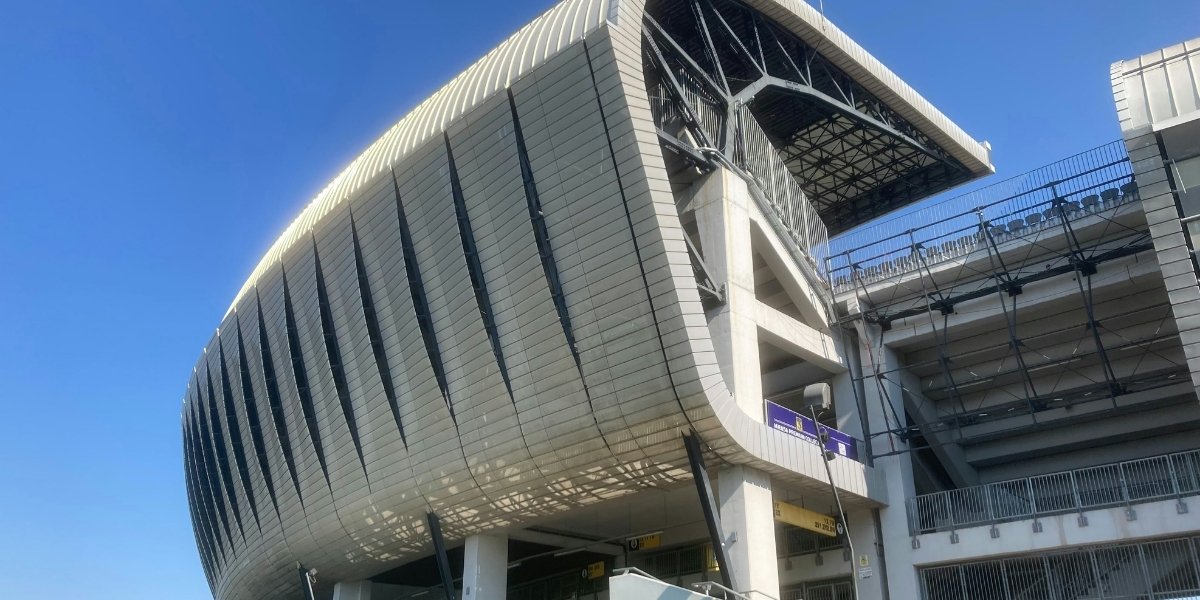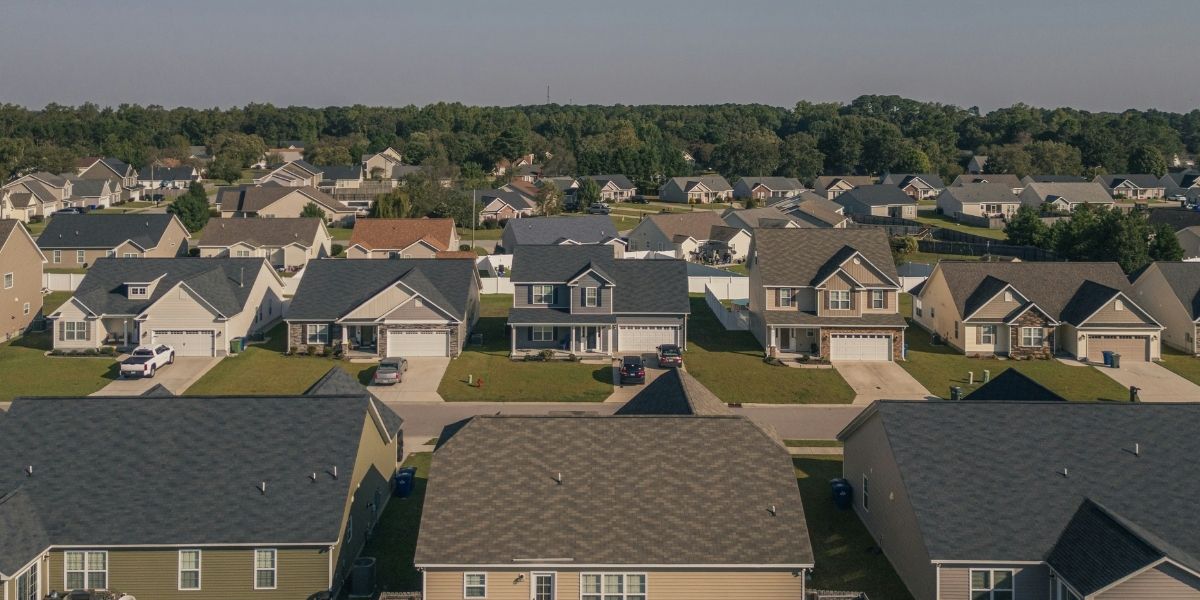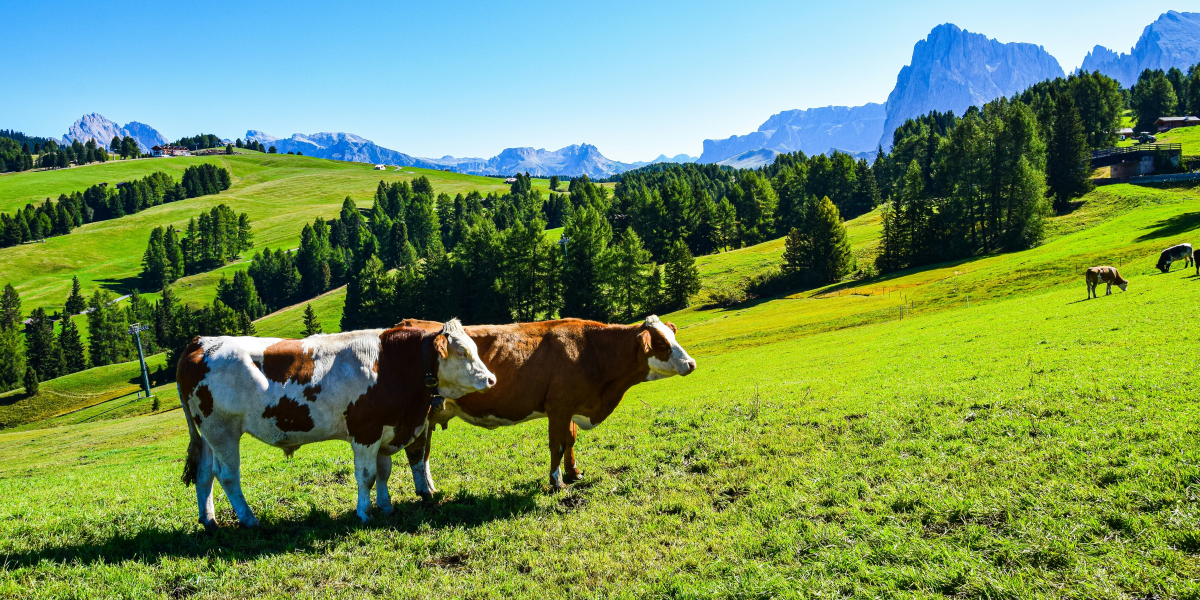Nashville Hotels for May 2025: Great Deals and Prime Locations
Where to Stay in Nashville: Hotel Deals for May
Nashville, Tennessee, often referred to as Music City, is a vibrant destination known for its rich musical history, dynamic culture, and lively entertainment scene. Whether you’re visiting for the Nashville Symphony, a bachelorette party, or a weekend getaway, finding the right place to stay is essential to making the most of your trip.
May is an ideal time to visit Nashville, as the weather is warm, but not too hot, and the city is full of exciting events and activities. From trendy hotels near the Honky Tonk Highway to luxurious stays with stunning views of the city skyline, Nashville has something to offer every type of traveler. If you’re looking to stay in the heart of the action, or if you’re after a more peaceful retreat, there are plenty of hotel deals this May that will allow you to experience Music City without breaking the bank.
In this guide, we’ll explore some of the best hotels in Nashville, offering tips on finding the best deals, and highlight top-rated places to stay for your next visit.
Read Also: Public Safety in Nashville: Crime Prevention Insights
1. Downtown Nashville: Best for Music Lovers and Nightlife Enthusiasts
If you’re visiting Nashville for the music scene, staying downtown is your best bet. This area is where you’ll find legendary spots like Broadway Street, The Ryman Auditorium, and the Country Music Hall of Fame. It’s also home to a wide range of restaurants, bars, and live music venues that make Nashville famous.
Hotel Options in Downtown Nashville:
The Hermitage Hotel
One of Nashville’s most luxurious hotels, The Hermitage Hotel offers an unparalleled level of elegance and Southern hospitality. Located just steps away from Broadway Street and the Tennessee State Capitol, this historic hotel features a beautiful Beaux-Arts style and a world-class restaurant, The Capitol Grille.
-
Why Stay Here: Exceptional service, historic charm, and a prime downtown location.
-
Special May Deals: Many booking platforms offer spring promotions and discounts of up to 20%, making it an excellent time to experience a luxury stay at a more affordable price.
Omni Nashville Hotel
Located in the heart of the city, the Omni Nashville Hotel is a modern, upscale hotel with all the amenities you could ask for. Connected to the Country Music Hall of Fame, it’s perfect for music lovers and those looking to be close to the action.
-
Why Stay Here: Great for families, luxury amenities, and an unbeatable location.
-
Special May Deals: Look for weekend packages that include discounted room rates and complimentary breakfast or tickets to nearby attractions.
JW Marriott Nashville
This stylish, modern hotel offers incredible views of the Nashville skyline and is located within walking distance of many of Nashville’s top attractions. With its rooftop pool, expansive fitness center, and sleek, contemporary rooms, it’s an ideal place to relax after a day of sightseeing.
-
Why Stay Here: Exceptional service, upscale amenities, and stunning views.
-
Special May Deals: Many websites are offering early booking discounts for May stays, so be sure to check for deals when you book in advance.
2. East Nashville: Best for Hip and Trendy Vibes
If you’re looking for something a bit different from the tourist-heavy areas of downtown, East Nashville is a great choice. This neighborhood has become a hotspot for hipsters, artists, and food lovers, with plenty of boutique shops, craft breweries, and unique eateries. It’s also a short ride from downtown, allowing you to enjoy a quieter, more relaxed environment while still being close to the action.
Hotel Options in East Nashville:
The Gallatin Hotel
The Gallatin Hotel is an up-and-coming boutique hotel located in East Nashville. Known for its modern style and intimate setting, the hotel provides a unique experience that combines urban charm with Southern warmth.
-
Why Stay Here: Stylish boutique accommodations, unique design, and close proximity to East Nashville’s dining and nightlife scene.
-
Special May Deals: This hotel is often offering discounted rates for extended stays, making it a great budget-friendly option for longer trips.
Hotel Noel
Another charming boutique option in East Nashville is Hotel Noel. This smaller hotel features cozy rooms with retro-inspired décor, reflecting the local culture. It’s within walking distance of local cafes, breweries, and art galleries, making it perfect for those who want to explore the creative side of Nashville.
-
Why Stay Here: Local flavor, artsy vibe, and proximity to local hotspots.
-
Special May Deals: Keep an eye out for local promotions that often offer lower rates for mid-week stays in May.
3. The Gulch: Best for Trendy Dining and Shopping
The Gulch is one of Nashville’s most fashionable neighborhoods, with a blend of sleek high-rise apartments, luxury hotels, and trendy spots for dining and shopping. If you’re looking for a more upscale experience with a contemporary vibe, this area is perfect. It’s also home to some of Nashville’s top restaurants, boutiques, and art galleries.
Hotel Options in The Gulch:
Thompson Nashville
A stylish and upscale hotel, the Thompson Nashville is located in the heart of The Gulch. The hotel offers contemporary rooms, rooftop bars, and chic restaurants, providing a sophisticated yet vibrant atmosphere.
-
Why Stay Here: High-end accommodations, rooftop bar with stunning views, and a central location.
-
Special May Deals: The Thompson often offers discounted weekend rates during May, especially for those booking through travel apps and platforms.
The 404 Hotel
Located just outside of The Gulch, The 404 Hotel is a minimalist, boutique hotel with a cozy atmosphere. This hotel is perfect for visitors who want a peaceful retreat while being close to the bustling nightlife and dining scene of The Gulch.
-
Why Stay Here: Quiet, chic, and ideal for travelers seeking a more laid-back stay.
-
Special May Deals: Take advantage of early bird specials, with discounted nightly rates when booking directly through the hotel’s website.
4. West Nashville: Best for a Peaceful Escape
For those looking for a quieter, more residential area, West Nashville is an excellent choice. Located just outside of downtown, West Nashville offers easy access to parks, scenic walking trails, and a more peaceful setting, making it ideal for families or anyone seeking a serene retreat.
Hotel Options in West Nashville:
The Westin Nashville
The Westin Nashville offers a luxurious experience with all the amenities you could need, including an outdoor pool, a fitness center, and a spacious, modern lobby. It’s just a short drive from the heart of downtown, providing the perfect balance of accessibility and tranquility.
-
Why Stay Here: Close to nature, quiet surroundings, and high-end services.
-
Special May Deals: Look for package deals that include discounted rates for booking multiple nights in advance or staying during the week.
The Airlie Hotel
For a unique experience, the Airlie Hotel is nestled on the outskirts of West Nashville, providing guests with a charming atmosphere and easy access to the outdoors. If you’re looking for a hotel with a more rural, peaceful vibe, this is a great choice.
-
Why Stay Here: Scenic views, peaceful environment, and easy access to nature.
-
Special May Deals: Keep an eye on their seasonal promotions that typically offer discounts for extended stays or mid-week visits.
Read Also: Spring Fishing in Tennessee: Your Guide to Seasonal Openings and Hot Spots
Finding the Best Nashville Hotel Deals for May
Whether you’re looking to stay in the heart of downtown Nashville, explore the hip vibes of East Nashville, or enjoy the peaceful atmosphere of West Nashville, May is a great time to visit Music City. With plenty of hotel deals available across a range of price points, you’re sure to find a spot that fits your needs and budget.
Take advantage of early booking discounts, special offers for extended stays, and deals on mid-week visits to make the most of your trip. No matter where you choose to stay, Nashville’s unique charm and lively atmosphere will make your visit one to remember.












